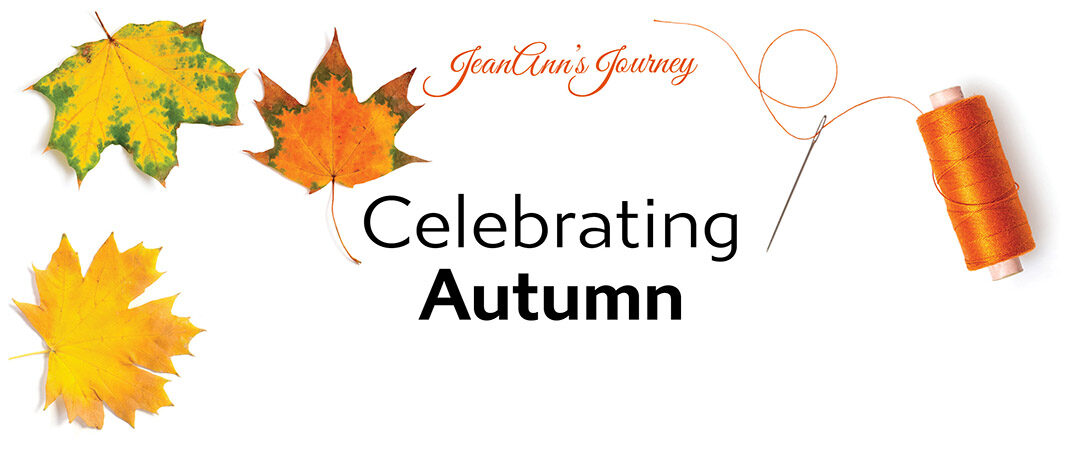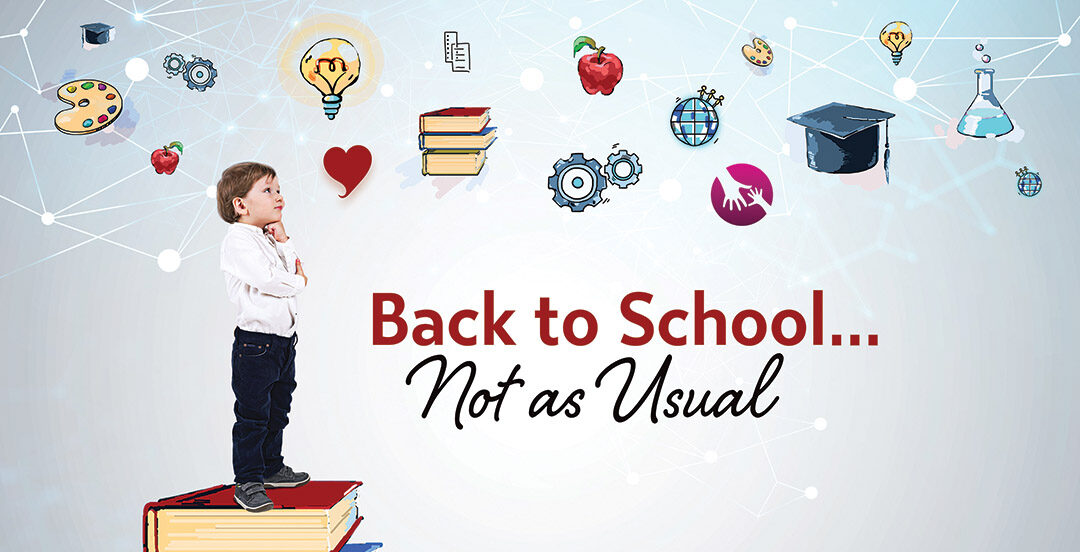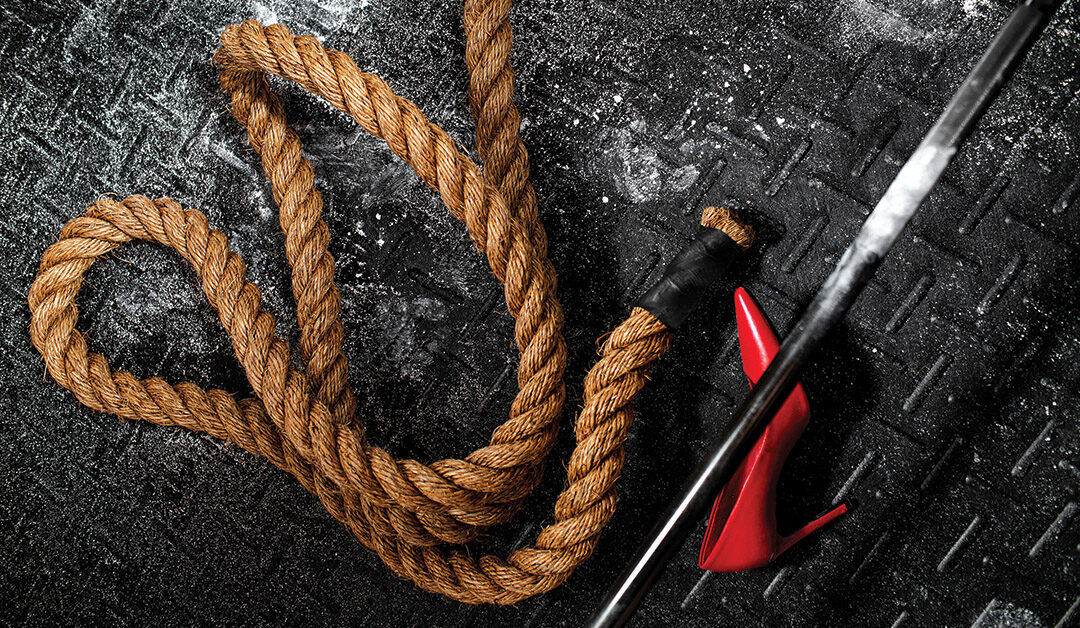
Celebrating Autumn
By JeanAnn Taylor
When publisher Tammy Sheppard called to tell me her idea of creating a high-quality magazine designed for women by women, I was thrilled! We know women are powerful consumers, making 83% of all buying decisions. This includes 91% of new homes, 92% of vacations, and 65% of new cars. Add food, clothing, and healthcare for themselves and their families, and they have a substantial percentage of influence. With this in mind, women deserve a magazine specifically created for them.
Along with a new magazine, we embark on a new season; the first day of autumn is September 23, and we begin by celebrating Labor Day. This holiday was created by the labor movement in the late nineteenth century to pay tribute to American workers. It is dedicated to the social and economic achievement of those who work to make our country strong and prosperous. It became a federal holiday in 1894. Today, America is enjoying the lowest unemployment rate since 1969. The unemployment rate for women dropped to 3.1% this past spring – the lowest since 1953. Now that is something to celebrate!
As a passionate dressmaker, quilter, and lover of any-and-every thing to do with fabric, needles, and thread, I enjoy celebrating National Sewing Month each September. Sewing is not only fun and functional, it is an important life skill mistakenly (in my opinion) taken out of our public school system. If you want to sew, but are not sure where to start, visit a fabric store, take a sewing class, or join a sewing circle. If you are looking for a way to express yourself, sewing can take you wherever you want to go.
As you read this editorial in the safety of your home, my son is serving our country in Afghanistan. This war, which began after America was attacked on September 11, 2001, is now the longest in our country’s history. In Afghanistan alone we’ve had nearly 2,300 casualties, and over 20,000 of our military have come home physically wounded–I imagine all of them come home with emotional scars. The only way I can, as a Military Mom, get through this time is to be the person worthy of my son fighting for. I know the best way to honor him is to honor myself. So, while I may feel like crawling into a hole, instead I’m going to take care of myself. The last thing I want to do is to give him something else to worry about while he is on the other side of our planet eating cafeteria food, sleeping in a bunk, and carrying heavy equipment while wearing a bullet-proof vest under his combat uniform–in 99+ degree heat. So, I’ll be strong, and smart, and when he comes home, I’ll breathe again.
When I hear the chirping of the cicadas, I know summer is nearing its end. Their enchanting call lures me outside to sit quietly and listen. You can squeeze a little more fun into these last days of summer by going for a hike to search for early-fall wildflowers like asters, witch hazel, joe-pye weed, and goldenrod; wading in cold, creek water before the temperature drops; picking apples at an apple farm, then baking a pie; watching a sunset from a hilltop.
The month of September is the perfect time to start a new venture. The shift in the air creates an anticipation of something new. I’m honored to be part of a magazine that will truly inspire, inform, and entertain. We’ll have information on health, relationships, gardening, fashion, beauty, and lots more. We’ll tell the story of successful, local women; give you ideas for decorating; and share recipes. You may not love everything you read in SOFIA, but you’ll find something you love each issue. I hope you enjoy the premier issue of SOFIA for Today’s Woman!
Please send your thoughts and ideas to me at jeananntaylor @rewnc.com





